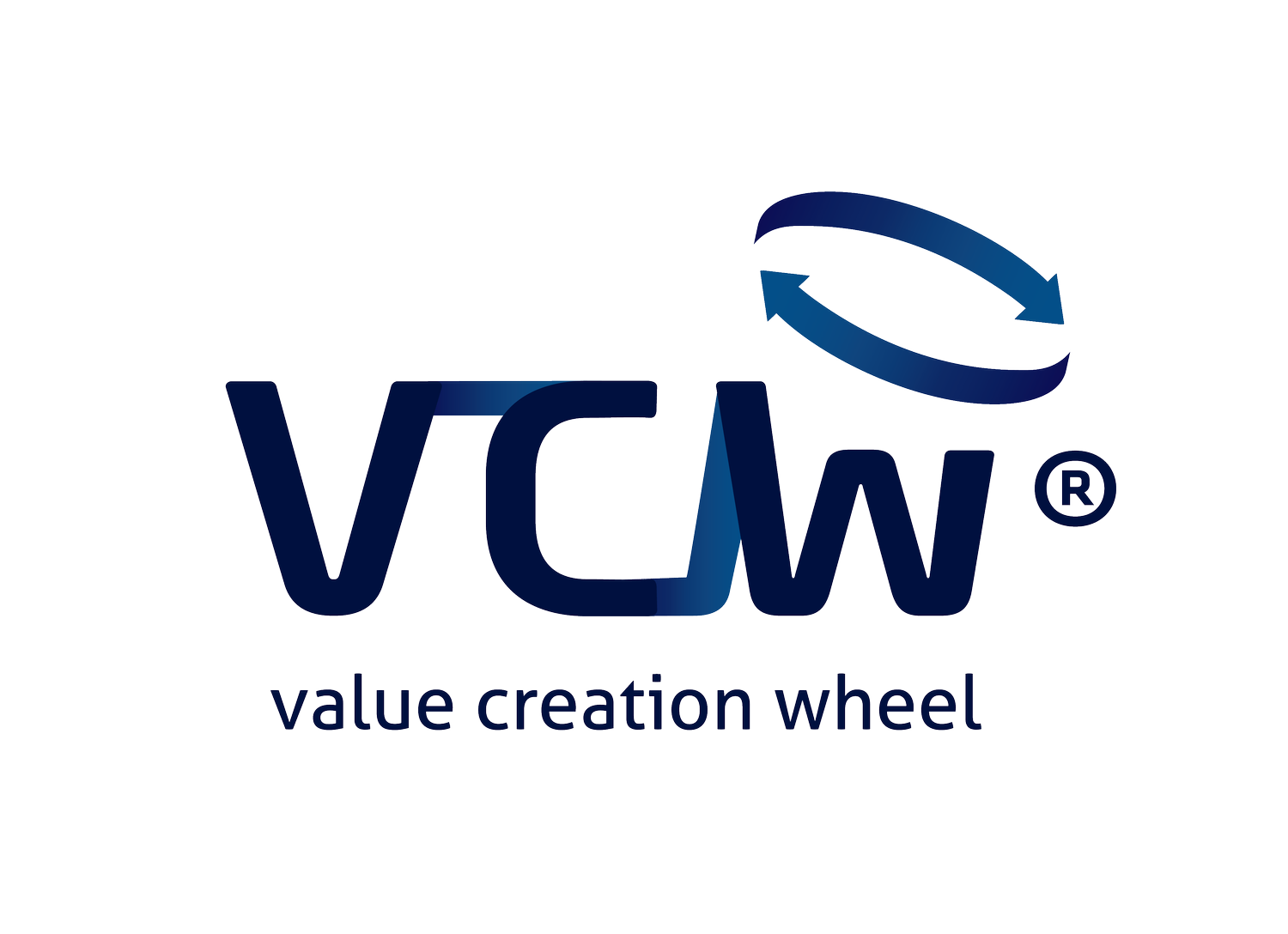VCW 4 GTA: Solar Energy Site Optimization
Internationalizing Earth Observation data services for the solar industry in Victoria, Australia.
To which country should JTA internationalize and sell Earth Observation images and data for the Solar Energy sector?
GTA applies the Value Creation Wheel to identify the optimal international market for its Earth Observation-based services, targeting solar energy companies in Victoria, Australia.
Overview
This presentation detailed GTA's plan to internationalize its Earth Observation (EO) data services for the solar energy sector. The Value Creation Wheel (VCW) framework was used to determine the best target market (Victoria, Australia) and to develop a comprehensive business strategy.
Application: Using VCW to choose a country to sell EO
Discover Value (Phase 1): Defined GTA's mission (improving solar energy practices) and vision (helping the growth of solar power). Identified customer segments (households, NGOs, solar power sellers, companies, governments) and performed SWOT, TOWS, Porter's Five Forces, competitor, and PESTEL analyses. Defined goals and KPIs aligned with SDGs.
Induced Solutions & Filters (Phase 2): Considered all 193 UN countries as potential solutions. Developed 66 global and 8 local filters through research, brainstorming, and stakeholder interviews.
Selecting Filters (Phase 3): Used the POCR method to reduce the filter set to 14 global and 8 local filters. Ranked the global filters based on relevance to GTA's business model.
Value Creation Funnel (Phase 4a): Applied the global filters, leading to Australia. Applied local filters, leading to Victoria. Performed multi-criteria decision analysis for both global and local filters.
Customer Analysis Analized the cutomers, competitors, and performed a 7P.
Positioning & Prototype (Phase 4b): Described Victoria's solar energy context, identified potential collaborators, segmented customers (focusing on solar energy production companies and government institutions), identified target customers, analyzed competitors, and defined GTA's positioning. Developed website and app prototypes.
Consolidation (Phase 5): Presented the business model canvas, detailed manpower requirements (internal and external), outlined financial needs (investment, pricing strategy – tiered subscription model), and defined KPIs.
Key Takeaways
Target Market: Victoria, Australia, was chosen due to its growing solar energy sector, supportive government policies, and availability of relevant data.
Value Proposition: GTA offers high-resolution EO imagery and analysis for site selection, monitoring, and project implementation, reducing costs and risks for solar energy companies.
Competitive Advantage: GTA differentiates through its VHR imagery (15-30 cm), historical data availability, and focus on customer service.
Tiered Pricing: Three subscription options (standard, premium, premium plus) cater to different customer needs.
Funding Requirement: A seed investment of $685,000 is needed to cover pre- and post-opening costs.
Conclusion
The company offers high-quality satellite images and customized scientific guidance. Next challenges are, the creation of a marketing strategy, the obtention of funding, and hiring employees.


